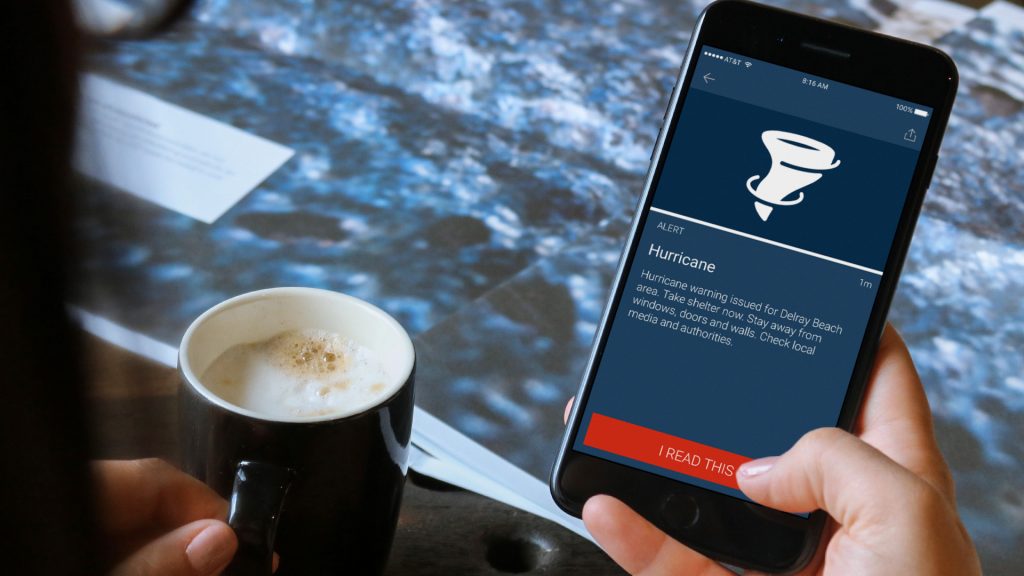6 helpful tips for effective emergency communication messaging
Estimated reading time: 3 minutes
The simple truth is that emergencies and disasters like hurricanes, earthquakes and even fires can strike anyone, anytime, and anywhere. You and your employees could be forced to evacuate your company when you least expect it. So, how do you protect yourself, your employees and your business? Good emergency communication messaging goes a long way.
Communicating with your staff in times of crisis, however, can be challenging. Here are 6 helpful tips to effectively use emergency communication messaging:
1. Few people can think clearly and logically in a crisis, so it is important to do so in advance, when you have time to be thorough. Prepare worst-case scenarios. Ask yourself, what you would do if the worst happened. What if a fire broke out in your boiler room? Or a hurricane hit your building head-on? Or a train carrying hazardous waste derailed while passing your loading dock?
2. You can use preconfigure emergency communication messages in templates and scripts which you can customize as needed for each incident. This enables you to get notifications out more quickly. Additionally, you can add automated National Weather Service alerts to your notification service.
3. Create a message that digests in 30-45 seconds. Write the message at no higher than a sixth-grade reading level to accommodate a diverse and possibly alarmed population. Common applications, including Microsoft Word, have tools to determine the reading level of a message.

4. Craft direct and detailed messages: include who the message is from, what the emergency is, when and where it took/will take place, the recommended course of action, and (optionally) where to go for more information.
5. Try not to spread panic, rather look for ways to reassure people. For example, if applicable, state that first responders are already on the scene.
6. Most alerts need to be activated from one particular spot. But what if you’re not nearby when disaster strikes? Make sure you have the ability to manage the emergency using mobile technology like an app in case you have to cope with a crisis from an off-site location.
Want to find out all the ways we can help keep your employees safe? Contact us now. Or download the free infographic about the power of push notifications.

